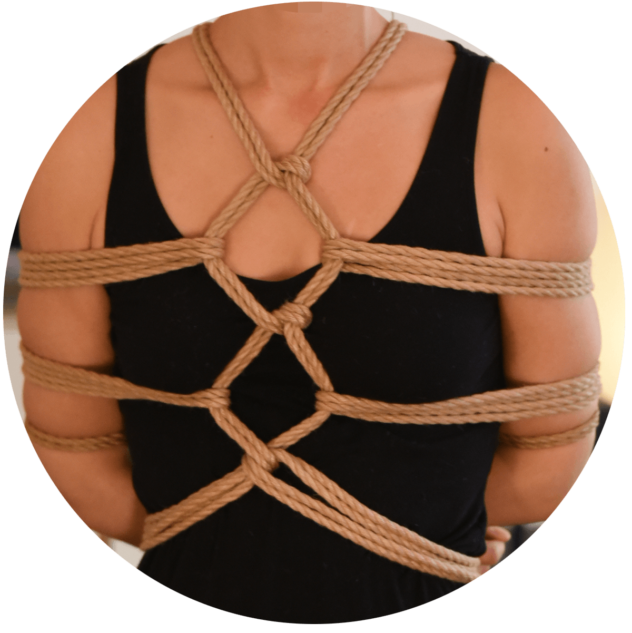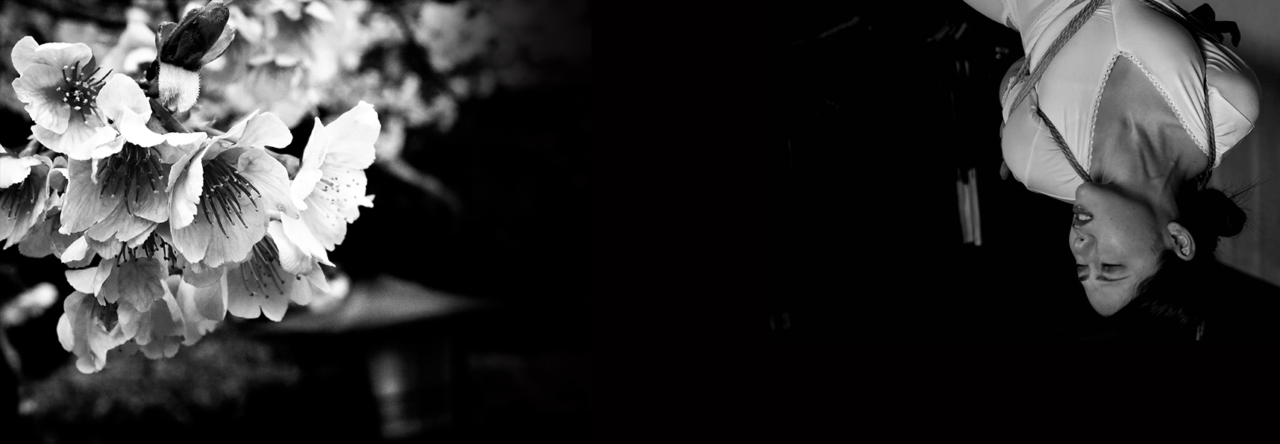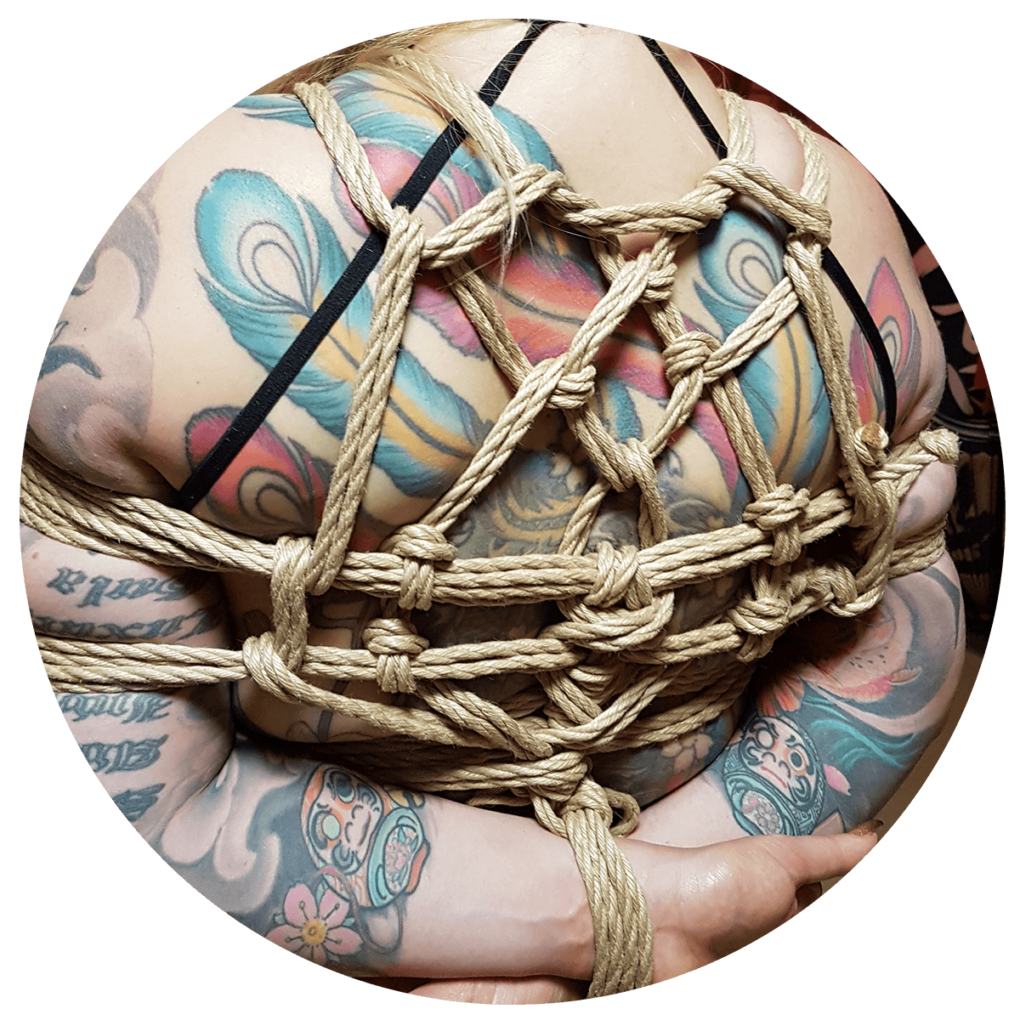Nijûbishi (二重菱) belong to a group of shibari patterns that play an important role in Osada-ryû. They are based on the hishi, a diamond. This symbol is a stylized water chestnut and also appears in Japanese heraldry. Numerous family coats of arms (Kamon, 家紋) contain this symbol and it also appears in the company logo of the Mitsubishi car brand.

There are many variants and they are popular mainly because of the symmetrical shape. In addition, they show the skill of a bakushi, as great dexterity is required. Dexterity and the ability to maintain contact with the partner at the same time come to full fruition here.
The back resembles a Takatekote, but there are also possibilities to use Hôjô-Nawa techniques. Depending on the construction, even suspensions with these techniques are possible. It is important here that the weight distribution and the tension in the rope are perfectly matched.




